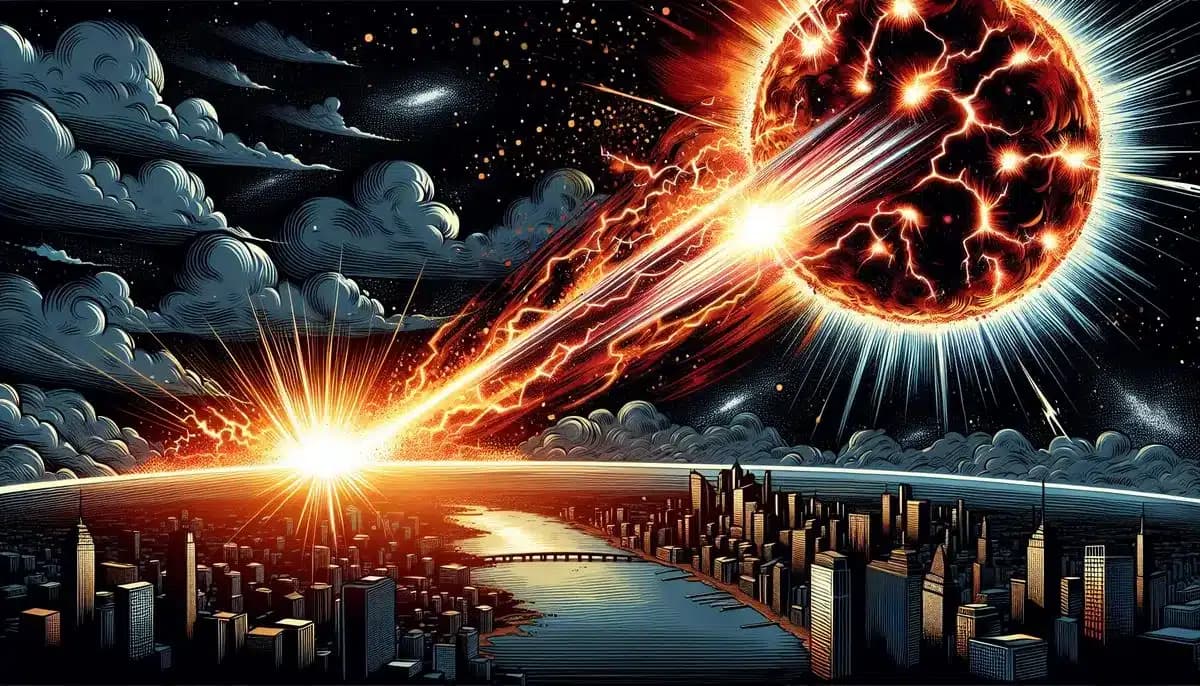
Solar Storms: Could a Massive Flare Destroy Modern Civilization?
Solar storms, the intense bursts of radiation and charged particles from the sun, pose a significant but often underestimated threat to modern civilization. As we delve into the intricate nature of solar storms and their potential to wreak havoc on our technologically dependent society, it's crucial to understand their formation, historical impacts, and the extent […]